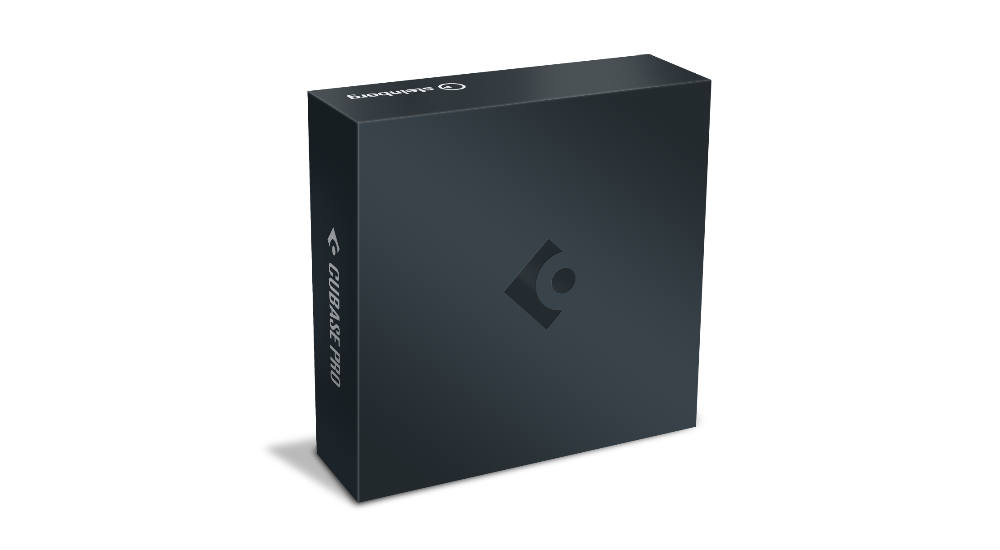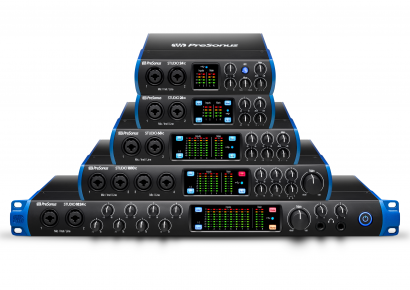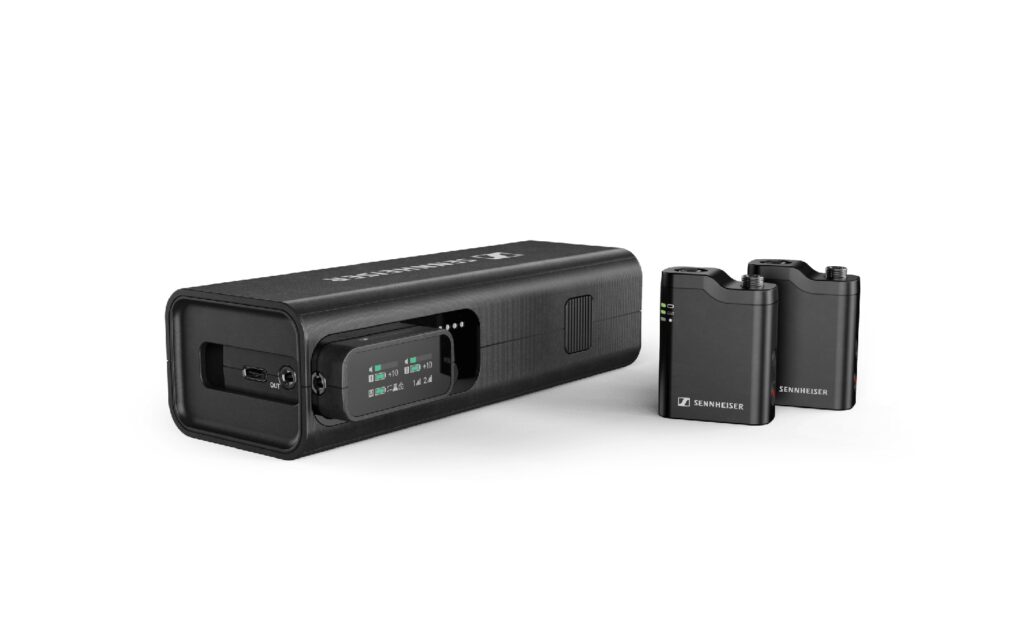Steinberg is a company that has been slowly chugging away at professional, world-class software and hardware for years, a true underdog. Steinberg’s standard for both film scores and television, Nuendo, and music composition and production, Cubase, are used the world over by leading professionals in their fields. November of this year saw the release of Steinberg’s new Cubase 10, an update that pushes Cubase to the forefront of software technologies. On top of a redesigned graphic interface, the new update sees features such as VariAudio for pitch correction, Audio Alignment for layers and samples, a Channel Strip overhaul, Groove Agent SE 5 virtual instrument and Mix Console Snapshots, that take a snapshot of the current Mix Console settings.
It’s almost unheard of for a mix to be right the first time around, at any level of profession. There are usually some tweaks and revisions, and not uncommonly some going around in circles until you end up back at an earlier mix. Cubase’s new Mix Console snapshot allows users to take a snapshot of the Mix Console for instant recall within the same session. Not only does this alleviate the inconvenience of locating and loading up endless ‘Save As’ sessions for different revisions, but it makes the whole process faster, and allows professionals to flick between their older mixes (i.e. the rough) for reference in seconds. This way, you can tweak the new Channel Strip plug-in between mixes and get the mix right with ease.
The updated Channel Strip plug-in features new noise gates, compressors, EQ, limiters, a de-esser/envelope shaper and saturation. In addition to these stock plug-ins, Cubase now includes a VariAudio suite for pitch correction. Graphically, it’s very similar to Melodyne, but without the hefty price tag and additional software. Using this, and Cubase’s render in place features, vocal and bass (or any instrument really) takes can quickly be shifted into (creatively out of) pitch in seconds, and committed to. The Audio Alignment tool makes aligning different layers of takes a breeze, so drum samples can be phase perfect, vocal layers can be seamless, and double tracked guitars become thick walls of sound that can then be tweaked by the many plug-in options included with Cubase.
Cubase has, and remains to be, incredibly usable. The interface is clear and professional, and the stock plug-ins are easy to navigate. For non-Cubase users, it feels a bit like ProTools and Ableton combined, in that there are a lot of plug-ins and effects seemingly intended for electronic music that could come in handy for bands (i.e. the ‘DJ-EQ’ that is a handy mid-side EQ plugin). For recording, there are a bunch of different record modes that will be familiar, as well as MIDI-specific record modes for MIDI instruments and/or live triggers. There’s a dedicated VST tab for new virtual instrument tracks, as well as a Media tab for importing almost any kind of audio file. Cubase 10 also now features Workspaces that make navigating sample libraries a breeze, which you’ll need with the full Cubase download coming in at around 20GB including all the sample libraries and sounds. No matter which DAW you’re dedicated to, Cubase has something for you.
The new Cubase 10 is a massive improvement on a product that didn’t really need to be improved. Features such as the Workspaces have been added to compete with professional software such as ProTools, and Audio Alignment and VariAudio give you tools previously completed by third party software in one comprehensive package. The new Channel Strip is a phenomenal one-stop shop for audio processing, with multiple routing and tonal colour options. I’ve been an avid ProTools (pardon the pun) user for years now, but this new Cubase update has me questioning my loyalty.


